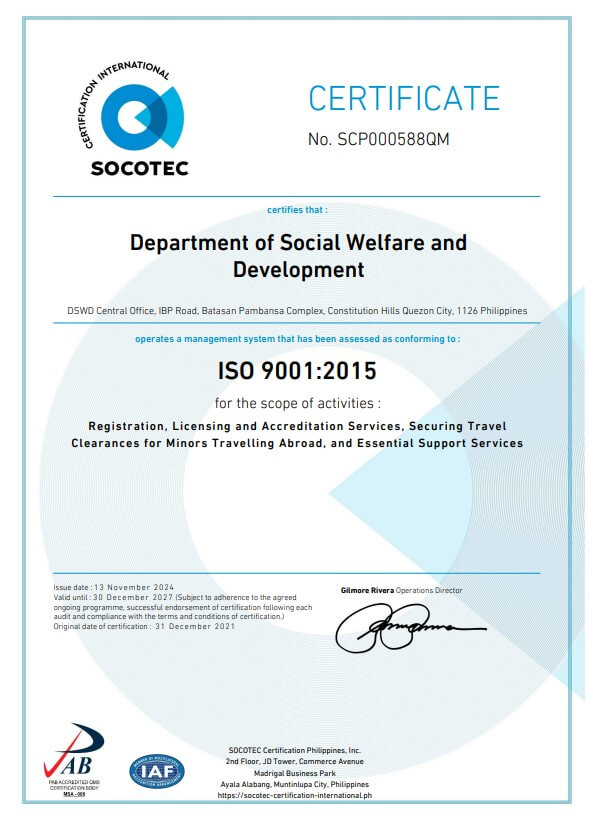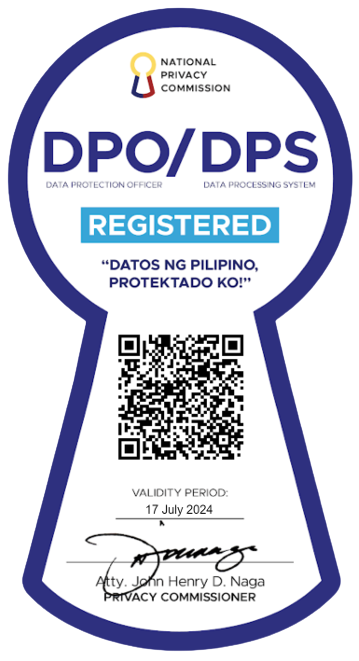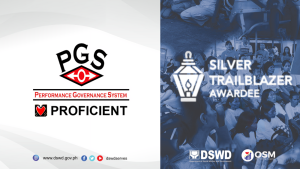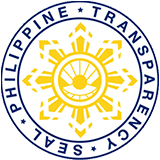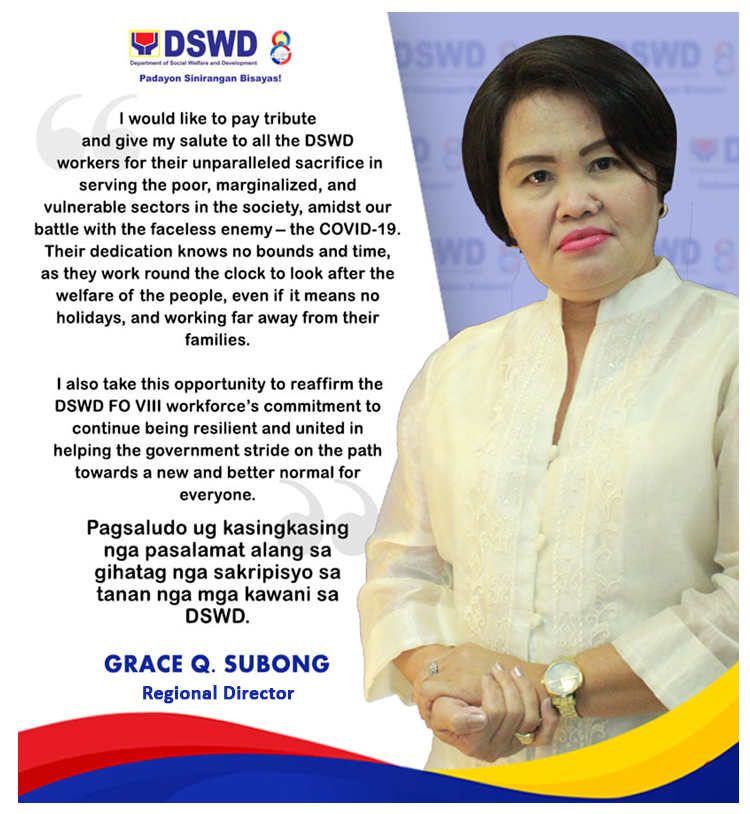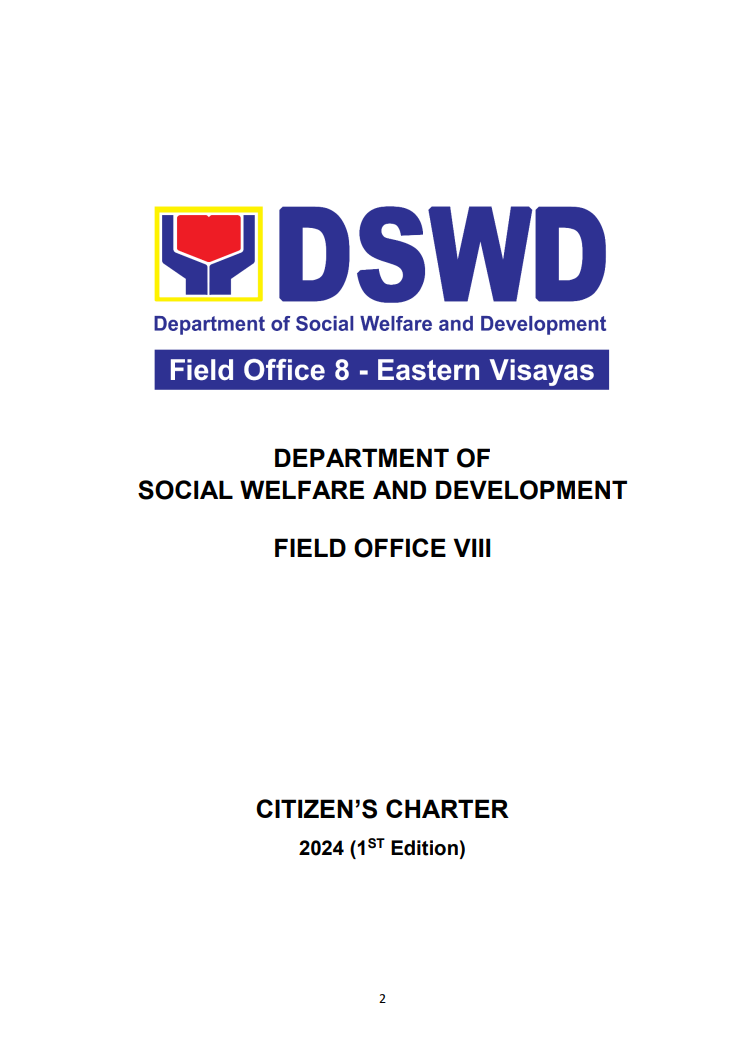The first completed sub-project in the municipality of Barauen, Leyte under the Kapit-Bisig Laban Sa Kahirapan- Comprehensive and Integrated Delivery of Social Services (Kalahi-CIDSS) of the Department of Social Welfare and Development (DSWD) was inaugurated and handed over to the folks of Brgy. San Jose West last September 18, 2013.
Burauen is currently on its first cycle of Kalahi-CIDSS implementation. Of the 77 barangays in the municipality, 27 were prioritized after the Municipal Inter-Barangay Forum (MIBF) was conducted last December 2012. Two barangays were clustered as one to come up with one sub-project, leading to a total of 26 community projects implemented by Burauen through Kalahi-CIDSS.
Aside from Barangay San Jose West, six other barangays, some of which are in the highlands, benefit from the 135-meter farm-to-market road sub-project.
Known for its community-driven development (CDD) approach, the Kalahi-CIDSS empowers the community, improves local governance, and addresses local poverty issues. It capacitates so they can plan, build, and maintain community projects that respond to the most pressing needs of their village.
The said event was graced by the DSWD Regional Director Remia Tapispisan, who also witnessed the convergence of the DSWD programs in the area. Of the 160 households in the barangay that benefit the Kalahi-CIDSS barangay road sub-project, 35% of them or 56 families are Pantawid Pamilyang Pilipino Program (Pantawid Pamilya) beneficiaries. Aside from benefiting from the said sub-project, the Pantawid Pamilya beneficiaries are also among the volunteers who worked together to materialize community’s need.
“Puyde an amon pagka-trabaho hini nga proyekto mahinay, pero kanunay” (We might have worked slowly on our project, but it was uninterrupted)”, said the Barangay Sub-Project Management Committee (BSPMC) Chairperson Jeame Caande. He shared how they gave importance to the guidelines in the implementation of their sub-project, paying special attention to the specifications of materials. He added that they are all learning the “manual labor” which drives them to work as one community.
Tapispisan expressed how happy she was with the presence of the DSWD Convergence Strategy. “Kitang kita po sa inyo ang kahulugan ng tinatawag na convergence. Ang pagsasama-sama ng lakas, pagsasama-sama ng talino at ang pagsasama-sama ninyo upang mag-implement ng ganitong klaseng proyekto [You can really see what Convergence means here: the combination of the abilities, intelligence, and efforts to implement this type of sub-project]”, said Tapispisan. She added that through the community’s counterpart, which is participation, the Kalahi-CIDSS’ objectives were met.
“Yana, guin hahambog ko nga na-prioritized an amon barangay ngan kami liwat an nahi-una pakahuman hin sub-project han Kalahi-CIDSS dinhi ha munisipyo han Burauen. Pero kon ako papakianhan, mas karuyag ko, diri na an amon barangay an makakuha para ha sunod nga cycle han implementasyon. Kay mas maupay nga makatagamtam ngan umabat liwat an mga komunidad han iba nga barangay kon ano kaupay ini nga program nga Kalahi-CIDSS nga nabulig ha kakuri-an (I am proud that our barangay was prioritized and the first to complete the Kalahi-CIDSS sub-project in the municipality of Burauen. But, if I were to be asked, I would choose not to be included in the next cycle of implementation, because it would be great for the other communities in other barangays to benefit and experience how helpful Kalahi-CIDSS is in the fight against poverty),” said Abraham Caande, the barangay chairman.
The Barangay Chairman expressed his interest to advocate Kalahi-CIDSS for the Cycle 2 implementation of sub-projects for the other barangays in the far-flung areas of the municipality, as their barangay has experienced first-hand how the program has taught them to be sensitive to the needs of other townsfolk.

